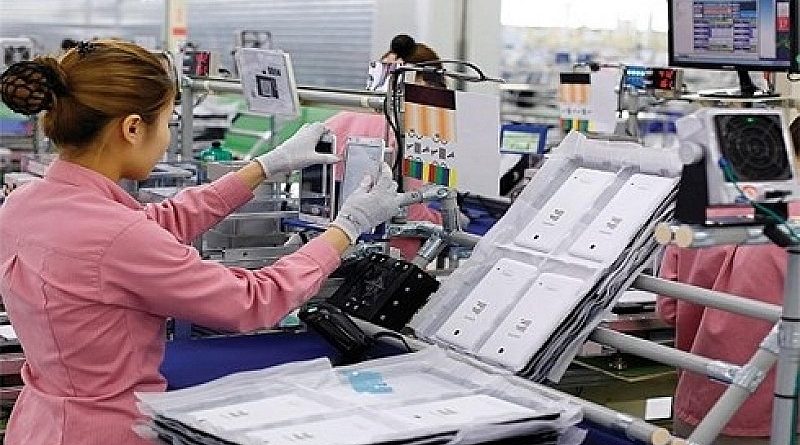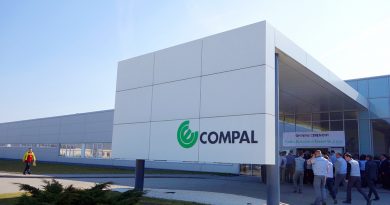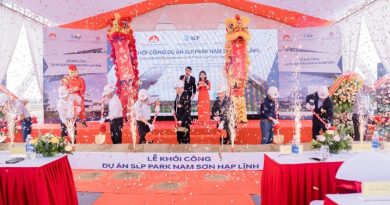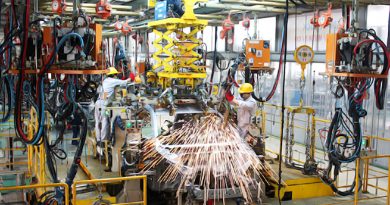Education and healthcare among priority FDI sectors in 2018-2030
New-generation FDI attraction for 2018-2030 will focus on education and healthcare, the sectors making the most added value, in addition to financial services, metal forging & chemistry, hi-tech equipment, logistics, and pharmaceutical.
Vietnam has so far achieved remarkable outcomes in FDI attraction. FDI capital has increased by nearly 1,000 per cent over the last ten years. FDI value per capita has exceeded China, India, and all big ASEAN countries, excluding Malaysia.
FDI capital in 2017 has nearly doubled in comparison to 2014.
However, processing and manufacturing projects, which create low added value, wages, and weak spillover effects, have been dominating the FDI scene with huge total investment value.
As a result, the Foreign Investment Agency (FIA) has just announced the draft of the new-generation FDI attraction orientation and strategy for 2018-2030, when Vietnam cannot actively promote investment in all sectors at the same time, so Vietnam needs to select priority sectors and concentrate resources in order to gain preferable outcomes as well as protect the environment, save energy, and strengthen linkages with domestic firms.
Thereby, the new-generation FDI attraction strategy will focus on the sectors which bring the most added value, use new technology, promote R&D activities, and create strong spillover effects. These will support domestic firms to join global value chains, as well as act as catalysts to create a new generation of successful domestic firms.
Priority FDI sectors are combined with others that make the most added value for connected investment promotion activities. Of these, education and healthcare bring the most added value, and pharmaceutical and hi-tech equipment, health products, OEM automobiles, and transport are the sectors with the highest potential.
The FIA’s strategy identified the 17 sectors that gain the most added value and will see investment promotion activities.
| Sectors to see investment promotion | Sectors making the most added value | The combinations of sectors that need to be promoted and bring the most added value |
| Environmental technology
OEM Automobiles & Transport Metal forging & chemistry Industrial machines Pharmaceutical & health products Automobile parts Hi-tech products Hi-tech equipment Financial services Education & Health IT services KPO Logistics &MRO High-value agriculture High-value tourism |
Financial services
IT services KPO Education & Health Metal forging & chemistry Industrial machines Hi-tech equipment OEM Automobiles & Transport Pharmaceutical & health products Environmental technology Logistics & MRO Mining High-value tourism Textile |
Education & Health
Financial services Metal forging & chemistry Hi-tech equipment OEM automobiles & transport Logistics & MRO Pharmaceutical & Health products Automobiles parts Industrial machines Mining Environmental technology IT services KPO Construction materials High-value tourism High-value agriculture Textile |
(Note: OEM: Original equipment manufacturer; KPO: Knowledge process outsourcing; MRO: Maintenance, repair, and overhaul)
In order to attract FDI to these sectors, Vietnam needs to build incentives which are more interesting than in surrounding countries. According to a research of the World Bank, Vietnam is already applying the duty-free regime. However, investors in Vietnam could enjoy only 2-4 years of duty-free operations, lower than the regional average of 8-10 years, but they would receive 50 per cent tariff reductions in the next 4-9 years.
On the other hand, Vietnam’s preferential taxes by each sector are better than the average of the East Asia-Pacific region and investors in the country can enjoy various incentives at the same time, according to FIA’s report.
Source: VIR







